Home>Garden Essentials>How Crop Rotation And Cover Crops Are Important To Sustainable Agriculture.
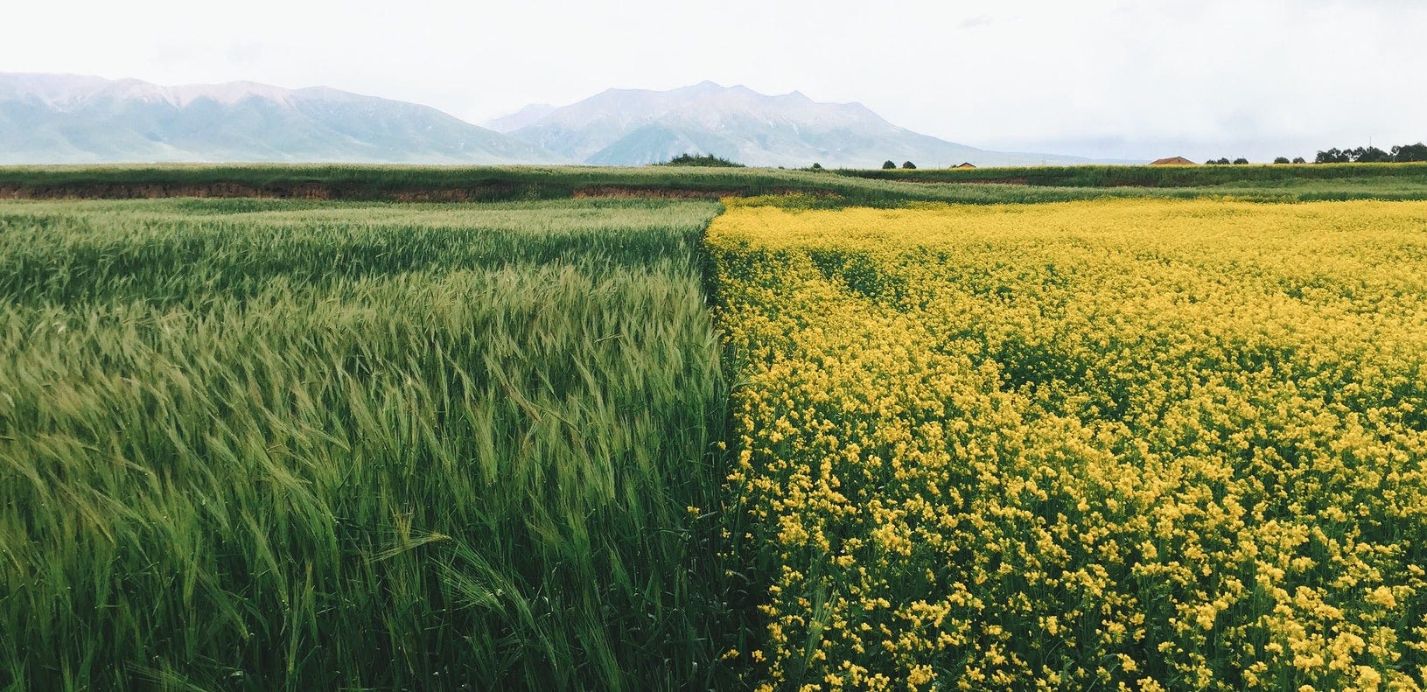

Garden Essentials
How Crop Rotation And Cover Crops Are Important To Sustainable Agriculture.
Modified: March 15, 2024
Learn the importance of crop rotation and cover crops in sustainable garden practices. Boost your garden's health and productivity with these essential techniques.
(Many of the links in this article redirect to a specific reviewed product. Your purchase of these products through affiliate links helps to generate commission for Storables.com, at no extra cost. Learn more)
Introduction
Sustainable agriculture is a vital practice in today’s world, as it aims to minimize the negative impact of farming on the environment while maintaining food production. With the growing concern for climate change, soil erosion, and water pollution, there is a pressing need for agricultural methods that prioritize long-term sustainability. Crop rotation and cover crops have emerged as two essential techniques in achieving this goal.
Crop rotation is a time-honored practice that involves planting different crops in a sequential order on the same piece of land. This technique has been used for centuries to improve soil fertility, prevent the spread of diseases and pests, and reduce the reliance on chemical fertilizers and pesticides. On the other hand, cover crops, also known as green manure, are non-commercial crops planted during periods of crop dormancy or fallow time. These cover crops provide numerous benefits to the soil, including erosion prevention, nutrient retention, and weed suppression.
In this article, we will delve into the importance of crop rotation and cover crops in sustainable agriculture. We will explore the benefits of these practices, different types of crop rotation, and the variety of cover crops available. In addition, we will discuss how to implement these techniques in farming practices to maximize their effectiveness and contribute to a more sustainable future.
So, let’s dive in and learn more about how crop rotation and cover crops can play a crucial role in sustainable agriculture.
Key Takeaways:
- Crop rotation improves soil health, reduces pests, and prevents erosion, helping farmers grow healthier crops while minimizing the need for harmful chemicals.
- Cover crops protect soil, manage nutrients, and support biodiversity, contributing to sustainable farming and a healthier environment for future generations.
Read more: How Is Crop Rotation Sustainable
What is sustainable agriculture?
Sustainable agriculture is an approach to farming that focuses on meeting the needs of the present generation without compromising the ability of future generations to meet their own needs. It recognizes that agriculture must not only be economically viable but also environmentally friendly and socially responsible.
At its core, sustainable agriculture emphasizes the interconnectedness of ecosystems and the important role that agriculture plays in maintaining the health and balance of those systems. It aims to minimize negative impacts on the environment while optimizing the use of natural resources such as water, soil, and energy.
One of the key principles of sustainable agriculture is the promotion of biodiversity. By diversifying crop varieties and incorporating natural pest control methods, farmers can reduce the need for synthetic pesticides and herbicides, thereby minimizing harm to beneficial organisms and the environment.
Sustainable agriculture also places a strong emphasis on soil health. Healthy soils are essential for nutrient cycling, water infiltration, and carbon sequestration. By using practices such as crop rotation and cover cropping, farmers can improve soil structure, fertility, and overall health, reducing the need for synthetic fertilizers and enhancing the long-term productivity of the land.
In addition to environmental considerations, sustainable agriculture takes into account the social and economic dimensions of farming. It promotes fair labor practices, ensuring that farmers and workers receive fair wages and have safe working conditions. It also encourages the development of local food systems, supporting small-scale farmers and reducing dependence on long-distance transportation.
Overall, sustainable agriculture seeks to create a balance between productivity, environmental stewardship, and social responsibility. It recognizes that the well-being of agricultural systems is interdependent with the health of ecosystems and communities.
By adopting sustainable agricultural practices, farmers can not only contribute to the preservation of the environment but also improve the long-term viability and profitability of their farms. It is a holistic approach that considers the present and future impacts of agriculture, striving to create a healthier and more sustainable food system for generations to come.
The importance of crop rotation in sustainable agriculture
Crop rotation is a fundamental practice in sustainable agriculture that offers a multitude of benefits for both the environment and farming systems. It involves the systematic rotation of different crops on the same piece of land over a period of time. This practice helps to diversify the types of crops grown in a particular area and plays a crucial role in maintaining soil health, reducing pest and disease pressures, and optimizing nutrient utilization.
One of the primary advantages of crop rotation is its ability to improve soil fertility. Different crops have different nutrient requirements, and by rotating crops, farmers can prevent the depletion of specific nutrients in the soil. Certain crops, such as legumes, have the unique ability to fix nitrogen from the atmosphere and convert it into a form that can be used by other plants. By including nitrogen-fixing crops in the rotation, farmers can reduce the need for synthetic fertilizers and improve soil fertility naturally.
In addition to fertility management, crop rotation also helps to control pests and diseases. Planting the same crop in the same field year after year can create a favorable environment for pests and diseases to thrive. By rotating crops, farmers can disrupt the life cycle of pests and break the cycle of disease transmission. Different crops attract different pests and pathogens, so rotating crops can effectively minimize pest and disease pressures, reducing the reliance on chemical pesticides.
Another benefit of crop rotation is weed suppression. Weeds can compete with crops for nutrients, water, and sunlight, reducing crop yields. However, by alternating between crops with different growth habits, farmers can disrupt weed emergence and growth. Some crops, such as cover crops, have the ability to smother weeds, effectively reducing weed populations and the need for herbicides.
Furthermore, crop rotation plays a crucial role in preventing soil erosion. Different crops have different root structures and depths, and by rotating crops with deep-rooted plants, farmers can enhance soil structure and stability. Deep-rooted crops penetrate the soil, creating channels for water infiltration and reducing surface runoff, thereby minimizing erosion and preserving the integrity of the land.
Overall, crop rotation is an essential practice in sustainable agriculture as it promotes soil health, reduces pest and disease pressures, suppresses weeds, and prevents soil erosion. By incorporating crop rotation into their farming systems, farmers can enhance the long-term sustainability and productivity of their land while minimizing the environmental impacts of agriculture.
Benefits of crop rotation
Crop rotation is a valuable agricultural practice that offers numerous benefits for farmers and the environment. By systematically alternating crops on the same land, farmers can experience a range of advantages that contribute to sustainable agriculture and long-term productivity. Here are some key benefits of crop rotation:
- Enhanced soil fertility: Crop rotation helps maintain and improve soil fertility by balancing nutrient levels in the soil. Different crops have varying nutrient requirements, and rotating crops can prevent soil depletion of specific nutrients. For example, legume crops like soybeans, peas, or clover can fix nitrogen from the atmosphere, enriching the soil with this essential nutrient for subsequent crops. This reduces the dependency on synthetic fertilizers, lowers costs, and promotes sustainable nutrient management.
- Reduced pests and diseases: Crop rotation disrupts the life cycle of pests and diseases by breaking their cycle of reproduction and survival. Some pests and pathogens have specific crop hosts, and by alternating crops, farmers can decrease pest populations and lower the risk of severe disease outbreaks. This reduces the need for harmful chemical pesticides, promotes natural pest control, and protects beneficial insects and organisms, contributing to a healthier ecosystem.
- Weed suppression: Crop rotation can effectively control weeds by interrupting their growth cycles and suppressing their populations. Different crops have varied growth habits and allelopathic effects, inhibiting weed emergence and growth. Some crops, such as cover crops like rye or buckwheat, act as smother crops that outcompete and suppress weeds, reducing the need for herbicides and enabling more sustainable weed management practices.
- Improved soil structure: Different crops have different root systems, and rotating crops with varying root depths can enhance soil structure and stability. Deep-rooted crops penetrate the soil, creating channels for water infiltration, improving soil aeration, and reducing soil compaction. This promotes better water retention, reduces surface runoff, and minimizes soil erosion, preserving the quality and productivity of the land.
- Diversification of income: Crop rotation allows farmers to diversify their income streams by cultivating a variety of crops. This can minimize financial risks associated with the fluctuations in crop prices or market demands. By growing different crops, farmers can tap into various markets, meet consumer demands, and seize market opportunities, enhancing their economic resilience and sustainability.
These benefits of crop rotation demonstrate its significance in sustainable agriculture. By implementing crop rotation techniques, farmers can improve soil fertility, manage pests and diseases, suppress weeds, enhance soil structure, and diversify their income. These practices contribute to the long-term viability of agricultural systems, reduce environmental impacts, and foster a more sustainable and resilient farming industry.
Types of crop rotation
Crop rotation encompasses a variety of methods and strategies that farmers can employ to optimize their farming systems and achieve sustainable agricultural practices. Different types of crop rotation exist, each with its own unique benefits and considerations. Let’s explore some common types of crop rotation:
- Traditional crop rotation: Traditional crop rotation involves a sequence of crops that follows a systematic pattern, typically running over a multi-year cycle. The specific crops selected for rotation depend on factors such as soil type, climate, market demand, and farmer preference. For example, a common traditional rotation may involve alternating crops like corn, soybeans, and wheat. This type of rotation helps diversify the crop mix, manages pests and diseases, and optimizes nutrient utilization.
- Cash crop and cover crop rotation: Cash crop and cover crop rotation involves incorporating cover crops into the rotation cycle. This type of rotation alternates between cash crops, which are grown for sale, and cover crops, which are planted during periods of fallow time or crop dormancy. Cover crops provide numerous benefits to the soil, such as erosion control, nutrient retention, weed suppression, and increased organic matter. Some popular cover crops include legumes, grasses, and brassicas.
- Intercropping: Intercropping involves growing two or more crops simultaneously in the same field. This type of rotation promotes biodiversity, maximizes land utilization, minimizes resource competition, and enhances pest control and soil health. For instance, a farmer may intercrop corn with beans, where the corn stalks provide support for the beans to climb and the beans fix nitrogen for the corn plants. Intercropping is commonly practiced in agroforestry systems and small-scale farming.
- Strip cropping: Strip cropping involves alternating strips of different crops across a field, typically in a long and narrow pattern. This rotation method helps control soil erosion by breaking up water flow and reducing surface runoff. For example, a farmer may alternate corn and soybeans in a strip cropping system, where the corn rows slow down water runoff and the soybeans provide ground cover and minimize erosion.
- Companion planting: Companion planting refers to the practice of planting compatible crops together to provide mutual benefits. This type of rotation promotes natural pest control, enhances pollination, and maximizes space utilization. For instance, planting marigolds alongside tomatoes can repel nematodes that harm tomato plants. Companion planting can also involve intercropping herbs, flowers, or beneficial insect-attracting plants with traditional crops.
It’s important for farmers to choose the appropriate type of crop rotation based on their specific goals, resources, and local environmental conditions. By implementing these various rotation techniques, farmers can optimize soil fertility, reduce pest and disease pressures, control weeds, enhance biodiversity, and improve the overall health and sustainability of their farming systems.
Read more: Why Is Crop Rotation Important?
Implementing crop rotation techniques
Implementing crop rotation techniques requires careful planning, consideration of various factors, and a systematic approach. Here are some important steps to effectively implement crop rotation on your farm:
- Assess your farming goals and resources: Determine your objectives for implementing crop rotation. Are you aiming to improve soil fertility, manage pests, reduce chemical inputs, or diversify your income? Assess your available land, equipment, labor, and financial resources to ensure that you can implement the chosen rotation successfully.
- Analyze your farm’s soil and climate: Conduct soil tests to determine the nutrient levels, pH, and organic matter content in your fields. Consider the suitability of different crops for your soil type and climate. Some crops thrive in specific conditions, so it is important to select crops that are adapted to your local environment.
- Plan your crop rotation sequence: Design a rotation sequence that suits your goals and field conditions. Consider factors such as the nutrient requirements of crops, pest and disease management, weed suppression, and market demand. Aim for a balanced rotation that incorporates both cash crops and cover crops to maintain soil health and maximize benefits.
- Consider the growth habit and root structure of crops: Take into account the growth habit and root characteristics of different crops when planning your rotation. This helps optimize resource utilization, manage pests, enhance soil structure, and minimize competition between crops.
- Manage crop residues: Proper management of crop residues is crucial for the success of crop rotation. Remove debris and remnants of previous crops to minimize disease carryover and disrupt pest cycles. Incorporate crop residues into the soil or compost them to enrich organic matter content and promote nutrient cycling.
- Monitor and adapt: Regularly monitor the performance of your rotation system. Assess soil health, plant growth, pest incidents, and yield. Keep records of your rotation sequence and make adjustments as necessary to optimize results.
- Plan for crop diversification: Look for opportunities to diversify your crops and introduce new varieties or lesser-known crops. This can help you tap into niche markets, reduce dependency on a single crop, and spread economic risks.
- Continue to learn and exchange knowledge: Stay updated with the latest research, attend workshops or conferences, and connect with other farmers in your area. Exchange knowledge and experiences to fine-tune your crop rotation techniques and benefit from the wisdom of others.
Remember, implementing crop rotation techniques is a gradual process that may require experimentation and adaptation to suit your specific farm conditions. With proper planning, monitoring, and knowledge-sharing, you can successfully integrate crop rotation into your farming practices, improving soil health, reducing pests, and optimizing the long-term sustainability and productivity of your farm.
Tip: Rotate different crops each season to improve soil health and reduce pests and diseases. Use cover crops like legumes to add nutrients and prevent erosion.
The role of cover crops in sustainable agriculture
Cover crops play a vital role in sustainable agriculture by providing a range of benefits to the environment, soil health, and overall farming systems. These non-commercial crops, also known as green manure, are planted during periods of fallow time or crop dormancy, and serve as a valuable tool in promoting sustainable farming practices. Let’s explore the important role that cover crops play in sustainable agriculture.
Erosion control: One of the primary benefits of cover crops is their ability to prevent soil erosion. The dense foliage and root systems of cover crops help hold the soil in place, reducing the risk of erosion caused by wind and water. By protecting the soil from erosion, cover crops help maintain its structure, prevent nutrient loss, and preserve valuable topsoil.
Nutrient retention: Cover crops are efficient at capturing and retaining nutrients, preventing them from being leached out of the soil. They take up excess nitrogen, phosphorus, and other nutrients from the soil, incorporating them into their plant tissue. When these cover crops are terminated and incorporated into the soil, the nutrients are released back into the ground, improving nutrient cycling and reducing the need for synthetic fertilizers.
Weed suppression: Cover crops can be effective in suppressing weeds, reducing competition for resources with cash crops. The thick growth of cover crops shades the soil, inhibiting weed germination and growth. Additionally, some cover crops release natural chemicals that suppress weed seeds and root growth, further minimizing weed populations. By suppressing weeds, cover crops lessen the reliance on herbicides, promote natural weed control, and improve overall farm management.
Improved soil structure: The extensive root systems of cover crops help improve soil structure and enhance its water-holding capacity. The roots create channels in the soil, improving aeration and water infiltration. This leads to better soil drainage, reduced compaction, and improved water-holding capacity, all of which contribute to healthier plants and higher crop yields.
Increased organic matter: Cover crops contribute to the accumulation of organic matter in the soil. As cover crop biomass decomposes, it adds organic matter to the soil, improving its structure, nutrient-holding capacity, and moisture retention. Enhanced organic matter content promotes beneficial microbial activity, increasing soil fertility and long-term productivity.
Biodiversity and pollinator support: Cover crops can attract a diverse array of beneficial insects and pollinators. The flowers of certain cover crops provide pollen and nectar, supporting populations of bees and other pollinating species. This enhances biodiversity, promotes natural pest control, and contributes to a healthier ecosystem on the farm.
Incorporating cover crops into farming practices is an effective way to enhance soil health, reduce erosion, manage nutrients, suppress weeds, and support pollinators. Farmers can select from a variety of cover crop species, including legumes like clover and vetch, grasses like rye and oats, and brassicas like radishes and mustard. By integrating cover crops in their rotation cycle, farmers can contribute to a more sustainable agriculture system, improving the resilience and productivity of their farms while safeguarding the environment for future generations.
Benefits of cover crops
Cover crops offer a myriad of benefits that contribute to sustainable agriculture and the overall health of farming systems. These non-commercial crops, planted during periods of fallow time or crop dormancy, provide numerous advantages to the environment, soil, and farmers. Let’s explore some of the key benefits of cover crops:
- Erosion control: Cover crops play a vital role in preventing soil erosion. Their dense foliage and extensive root systems hold the soil in place, minimizing the risk of erosion caused by wind and water. By protecting the soil from erosion, cover crops safeguard valuable topsoil, maintain soil structure, and prevent nutrient loss.
- Nutrient management: Cover crops help manage nutrients and prevent nutrient leaching. They absorb excess nitrogen and other nutrients from the soil, acting as natural nutrient sponges. When cover crops are terminated and incorporated into the soil, these nutrients are released back into the ground, improving nutrient cycling and reducing the need for synthetic fertilizers. This promotes more sustainable nutrient management practices.
- Weed suppression: Cover crops are effective at suppressing weeds, reducing competition with cash crops. The dense growth and shading provided by cover crops inhibit weed germination and growth, reducing the need for herbicides. Furthermore, certain cover crops release natural chemicals that inhibit weed growth, providing natural weed control and improving overall farm management practices.
- Improved soil health: Cover crops contribute to improved soil health and fertility. Their extensive root systems enhance soil structure, increasing its water-holding capacity and improving soil drainage. The incorporation of cover crop biomass adds organic matter to the soil, which enhances nutrient availability, microbial activity, and overall soil fertility. Improved soil health leads to healthier plants, increased crop yields, and better long-term productivity.
- Water management: Cover crops help manage water resources by reducing runoff and improving water infiltration. The dense canopy of cover crops intercepts raindrops, preventing soil erosion and surface runoff. Additionally, their root systems create channels in the soil, allowing for better water absorption and reducing waterlogging. This leads to improved water retention and more efficient use of water resources.
- Biodiversity promotion: Cover crops contribute to increased biodiversity on the farm. They can attract beneficial insects, such as pollinators and natural predators of pests, improving natural pest control. The presence of cover crops provides habitat and food sources, supporting a diverse array of wildlife and beneficial organisms. This fosters a more balanced and resilient ecosystem on the farm.
- Reduced greenhouse gas emissions: Cover crops play a role in mitigating climate change by reducing greenhouse gas emissions. Through photosynthesis, cover crops absorb and store carbon dioxide from the atmosphere, sequestering it in their biomass and in the soil. This helps offset the carbon footprint of agriculture and contributes to climate change mitigation efforts.
The benefits of cover crops are numerous and impactful. By incorporating cover crops into farming practices, farmers can improve soil health, reduce erosion, manage nutrients, suppress weeds, enhance water management, promote biodiversity, and contribute to climate change mitigation. These benefits contribute to sustainable agriculture and the long-term viability and resilience of farming systems, ensuring a healthier environment for future generations.
Types of cover crops
Cover crops offer a wide range of options to suit various farming goals and environmental conditions. Farmers can choose from a diverse selection of cover crop species, each with its own unique characteristics and benefits. Here are some common types of cover crops:
- Legumes: Legume cover crops, such as clover, vetch, and alfalfa, are known for their ability to fix atmospheric nitrogen and convert it into a usable form for plants. This natural nitrogen fixation reduces the need for synthetic fertilizers, enriches the soil with nitrogen, and improves overall soil fertility. Legumes also form symbiotic relationships with nitrogen-fixing bacteria, further enhancing their nitrogen-fixing capabilities.
- Grasses: Grass cover crops include species like rye, oats, and barley. These cover crops are known for their rapid growth, which helps suppress weeds and prevent soil erosion. Grasses also contribute to organic matter accumulation in the soil, improving soil structure and nutrient cycling. Additionally, grass cover crops have deep root systems that improve water infiltration and nutrient uptake.
- Brassicas: Brassica cover crops, such as radishes, mustards, and turnips, have deep taproots that help alleviate soil compaction. These cover crops break up compacted soil layers, allowing for better water infiltration, root penetration, and nutrient availability. Brassicas also release biofumigants, natural chemicals that can suppress soil-borne pests and diseases.
- Forage crops: Forage cover crops, such as annual ryegrass, clover, and chicory, provide additional benefits as livestock feed. These cover crops offer high-quality forage for grazing animals and can be utilized as a source of supplemental income. Forage cover crops help improve soil health through their root systems, contribute to organic matter accumulation, and provide grazing opportunities outside of the traditional growing season.
- Winter cover crops: Winter cover crops, like winter rye, wheat, and hairy vetch, are planted in the fall to protect fields during the winter months. These cover crops maintain soil cover during the dormant season, reducing erosion caused by winter rains and winds. Winter cover crops also capture and store nutrients that would otherwise be lost during winter months. When spring arrives, the cover crops can be terminated or incorporated into the soil as green manure.
- Beneficial flower mixes: Some farmers choose to incorporate beneficial flower mixes into their cover crop rotations. These mixes include flowering plants like sunflowers, buckwheat, and phacelia that attract pollinators and beneficial insects. These flowers provide nectar and pollen sources, supporting populations of bees, butterflies, and natural predators of pests. Planting beneficial flower mixes alongside other cover crops enhances biodiversity and promotes a more balanced ecosystem on the farm.
Choosing the appropriate cover crops depends on factors such as climate, soil type, farming goals, and crop rotation sequence. It is important to select cover crops that are well-suited to local conditions and align with the desired benefits. Farmers can experiment with different cover crop combinations and adjust their choices based on their specific needs to enhance soil health, manage pests, improve nutrient cycling, and promote overall farm sustainability.
Read more: Why Crop Rotation Is Important
Incorporating cover crops into farming practices
Incorporating cover crops into farming practices is a valuable strategy for enhancing sustainability, improving soil health, and optimizing overall farm productivity. Here are some key steps to effectively incorporate cover crops into your farming practices:
- Set clear goals: Determine your objectives for using cover crops. Are you aiming to prevent erosion, improve soil fertility, suppress weeds, or provide forage for livestock? Defining your goals will help guide your selection and management of cover crops.
- Select appropriate cover crops: Choose cover crops that best suit your farming system, soil type, and climate. Consider factors such as growth habit, nitrogen-fixing ability, weed suppression, and compatibility with cash crops. You can consult local agricultural extension services, experienced farmers, or agronomists to select the most suitable cover crop species for your specific needs.
- Integrate cover crops in the rotation: Plan the rotation cycle to include cover crops. This ensures that there is a designated period of fallow time or crop dormancy to plant cover crops. Alternating between cash crops and cover crops allows for nutrient cycling, weed suppression, and improved soil health.
- Seed establishment: Pay attention to proper seed establishment to ensure successful cover crop growth. Prepare the soil by removing debris, tilling, or no-till planting, depending on your preferred approach. Broadcast or drill the cover crop seeds at the appropriate rate and depth for optimal germination and establishment.
- Manage cover crop growth: Monitor and manage the growth of cover crops throughout their lifecycle. Regularly check for pests, diseases, and weed competition. Consider utilizing appropriate cultural practices, such as mowing or rolling, to terminate or suppress cover crop growth before planting the next cash crop.
- Consider cover crop termination options: Determine the most suitable method for terminating cover crops based on your farming system and goals. Common termination methods include mechanical mowing, roller crimping, or herbicide application. Ensure that the cover crop is terminated at the appropriate time to prevent it from competing with the subsequent cash crop.
- Manage residues and cover crop biomass: After terminating cover crops, manage the residues and biomass effectively. Leave the residues as surface mulch to protect the soil from erosion and increase organic matter content. Alternatively, incorporate the cover crop residues back into the soil through tillage or use no-till techniques to enhance nutrient cycling and promote soil health.
- Learn from experience and adjust: Keep records and assess the impact of cover crops on your farming system. Evaluate their effects on soil health, weed control, pest management, and crop yields. Learn from your experiences, consult with experts, and make adjustments to cover crop selection and management practices accordingly.
Incorporating cover crops into farming practices requires thoughtful planning, experimentation, and adaptation. By selecting suitable cover crops, implementing proper establishment and termination techniques, and managing cover crops effectively, you can optimize their benefits and contribute to a more sustainable and resilient farming system. With time and experience, incorporating cover crops into your farming practices will become an integral and rewarding part of your overall agricultural management strategy.
Conclusion
In conclusion, crop rotation and cover crops play crucial roles in sustainable agriculture, offering a multitude of benefits for the environment, soil health, and farming systems. Crop rotation helps improve soil fertility, manage pests and diseases, suppress weeds, and prevent soil erosion. By strategically alternating crops, farmers can optimize nutrient utilization, reduce the need for synthetic fertilizers and pesticides, and maintain the long-term productivity of their land.
Cover crops, on the other hand, contribute to erosion control, nutrient retention, weed suppression, improved soil structure, and increased organic matter content. These non-commercial crops provide valuable ecological services, such as preventing soil erosion, capturing and cycling nutrients, and supporting biodiversity. By integrating cover crops into farming rotations, farmers can enhance soil health, reduce chemical inputs, and promote a more sustainable and resilient agricultural system.
Incorporating crop rotation and cover crops into farming practices requires thoughtful planning, knowledge of specific land conditions, and a willingness to adapt. Farmers must select appropriate crop rotation strategies and cover crop species based on their farming goals, local climate, and soil characteristics. Proper management of cover crops, including seed establishment, growth monitoring, and termination techniques, is necessary to maximize their benefits
Overall, crop rotation and cover crops offer a holistic approach to sustainable agriculture, addressing environmental concerns, improving soil health, and supporting the long-term viability of farming systems. By implementing these practices, farmers can reduce their environmental footprint, enhance resilience to climate change, and contribute to a more sustainable food system.
As the world faces the growing challenges of climate change, soil degradation, and food security, the importance of crop rotation and cover crops in sustainable agriculture cannot be overstated. By embracing these practices and continuously learning and adapting, farmers can play a vital role in building a more sustainable future for agriculture and preserving our planet for generations to come.
Frequently Asked Questions about How Crop Rotation And Cover Crops Are Important To Sustainable Agriculture.
Was this page helpful?
At Storables.com, we guarantee accurate and reliable information. Our content, validated by Expert Board Contributors, is crafted following stringent Editorial Policies. We're committed to providing you with well-researched, expert-backed insights for all your informational needs.

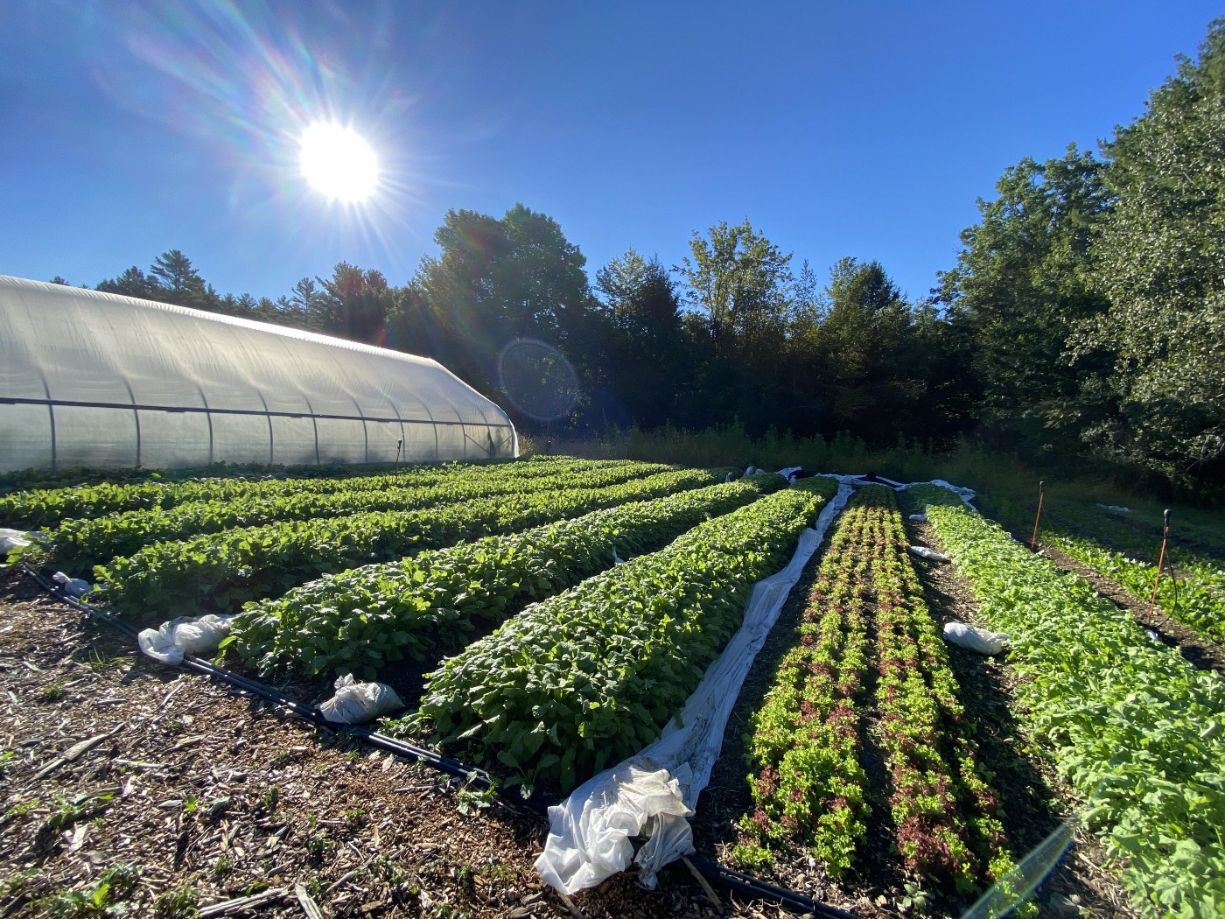
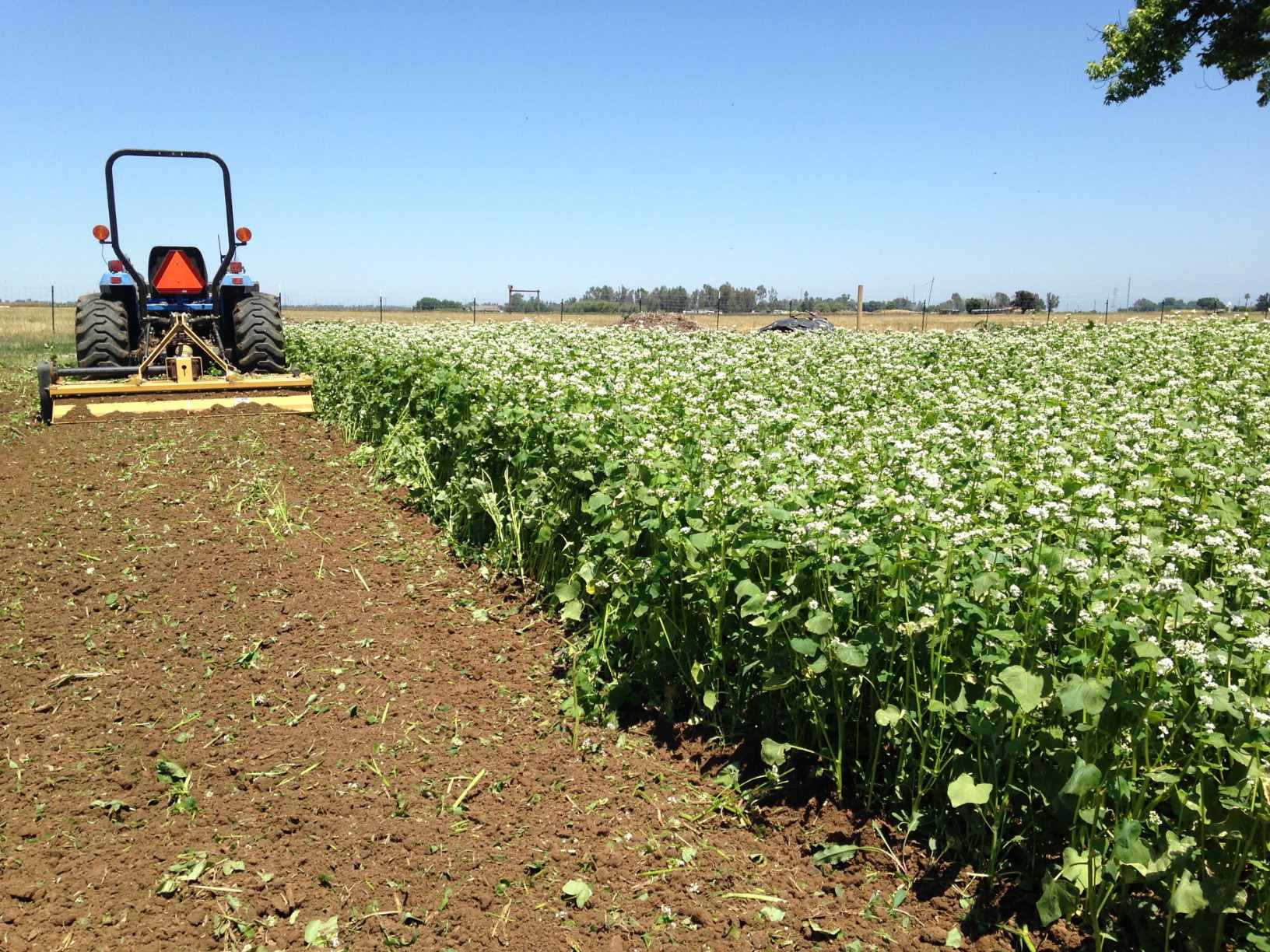
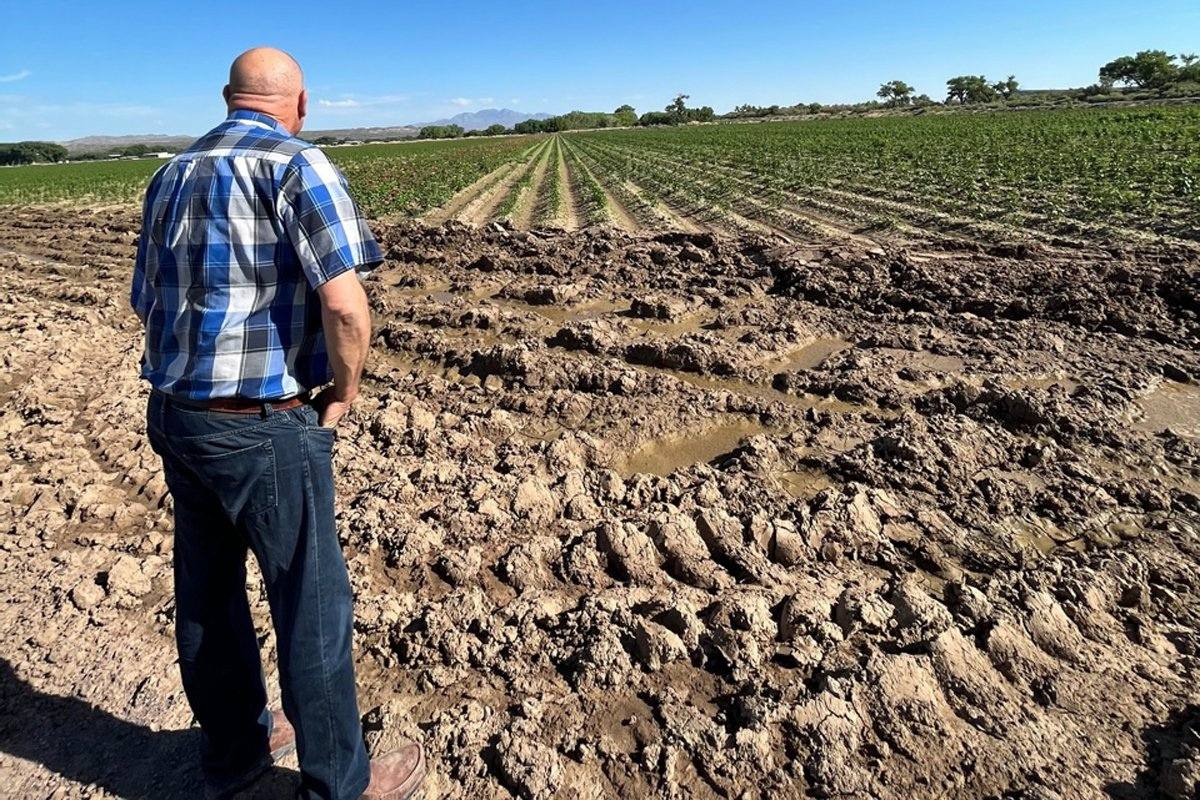
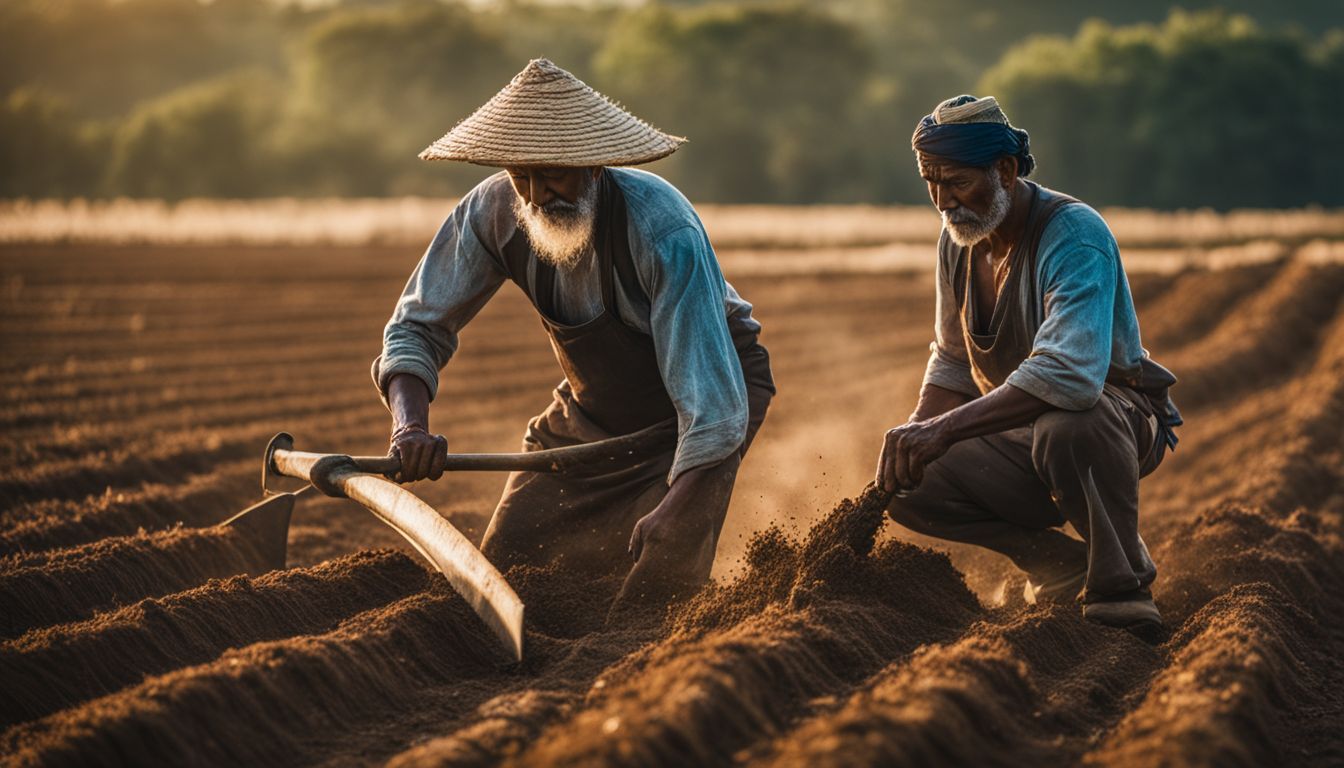
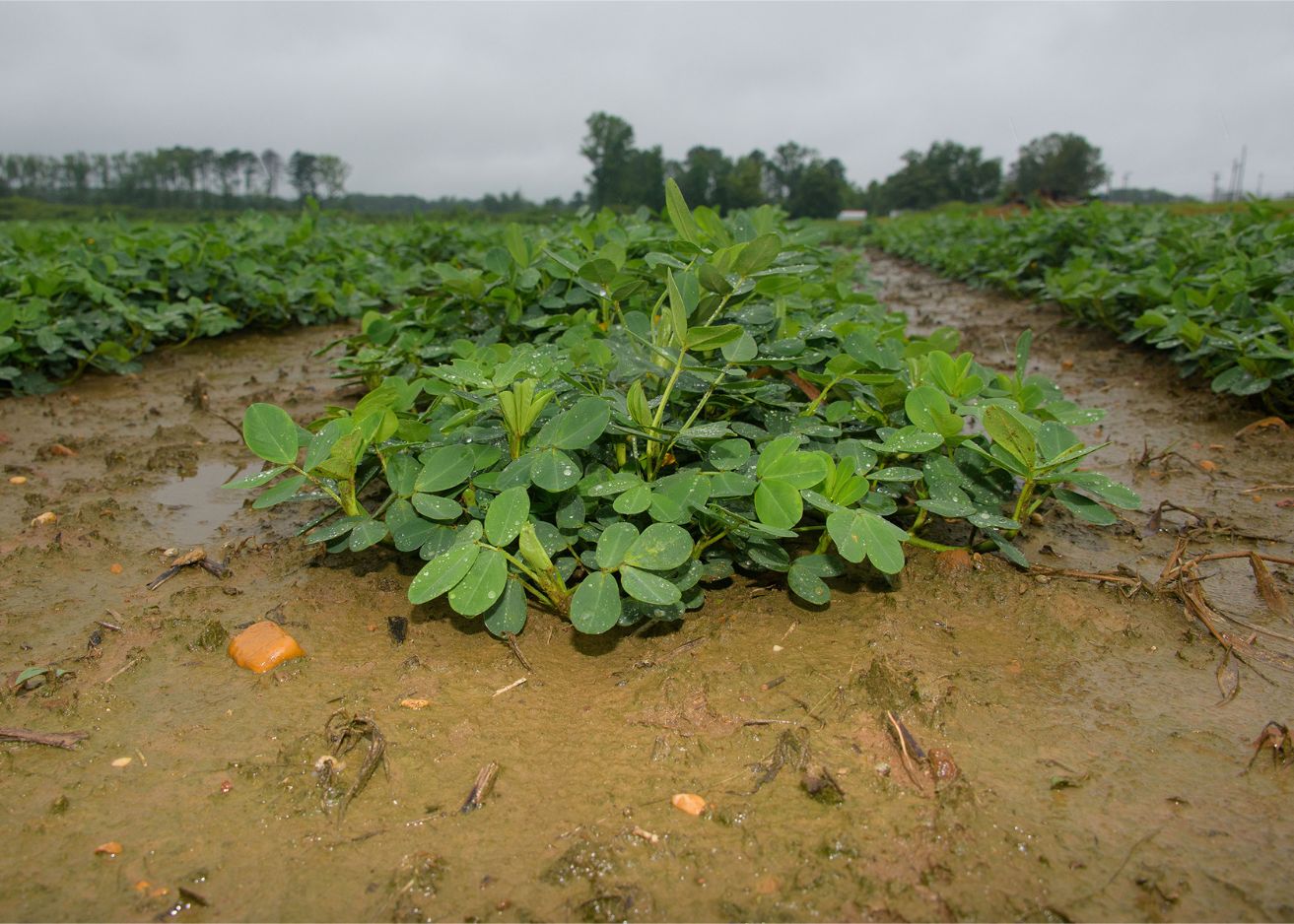
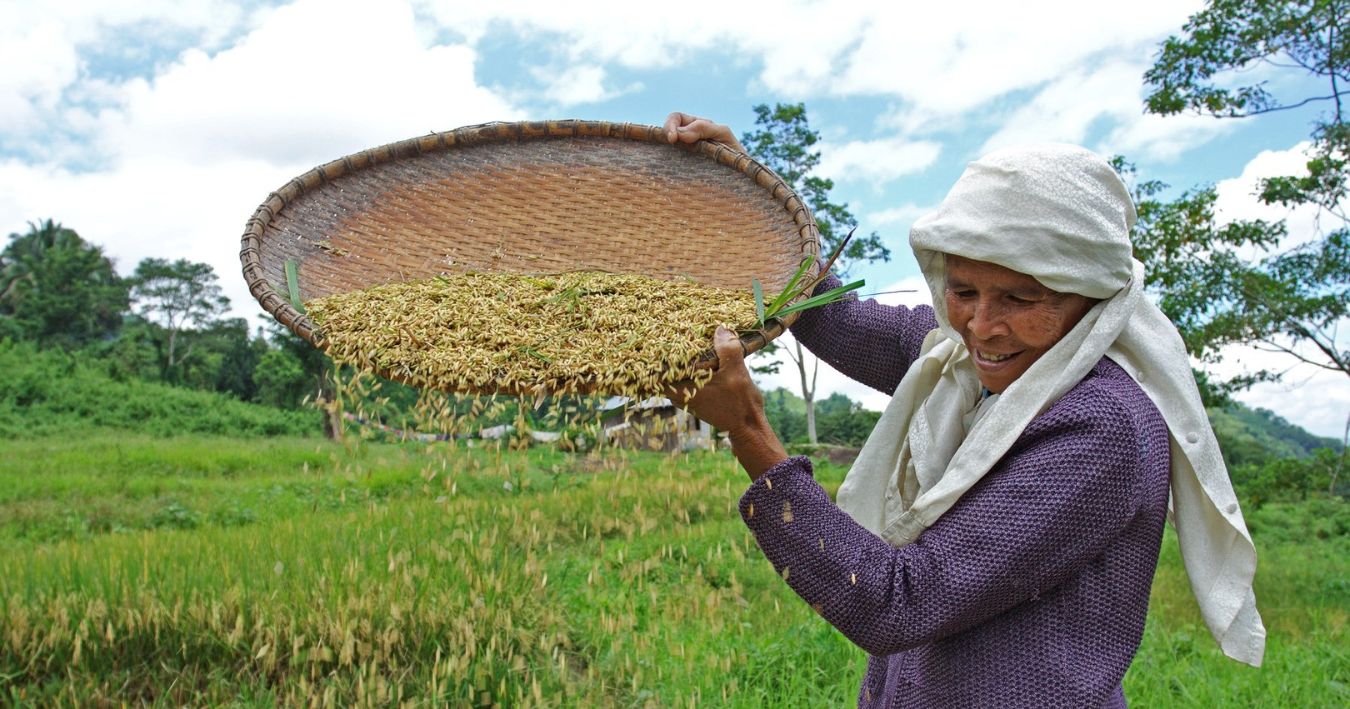
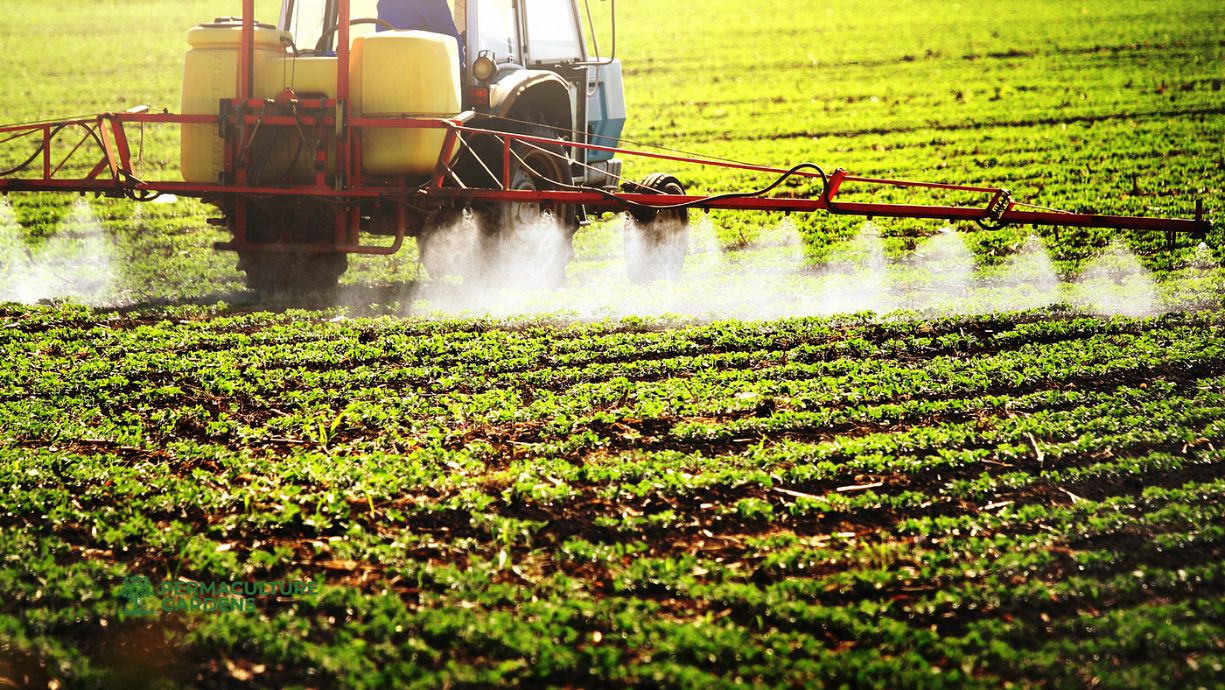
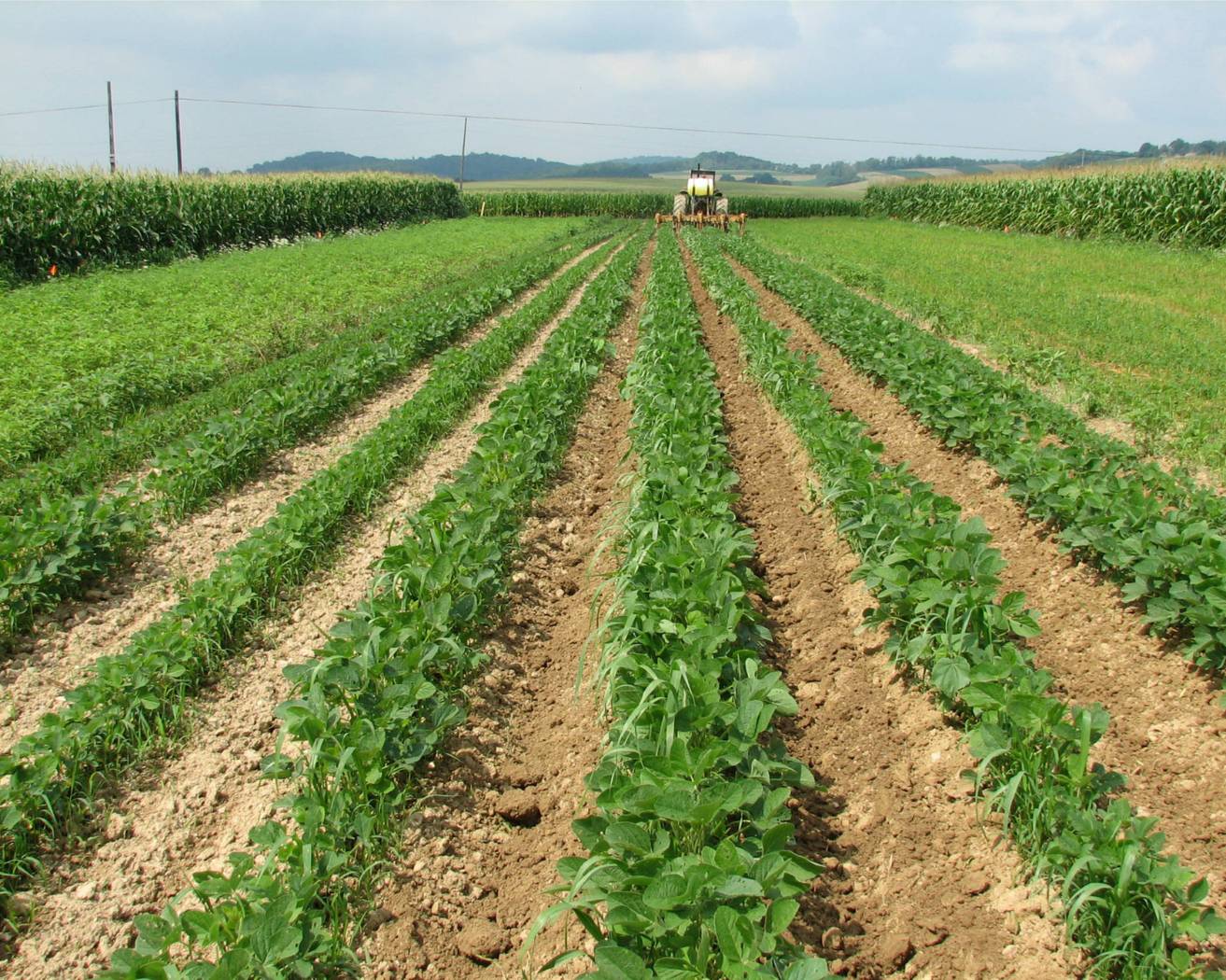
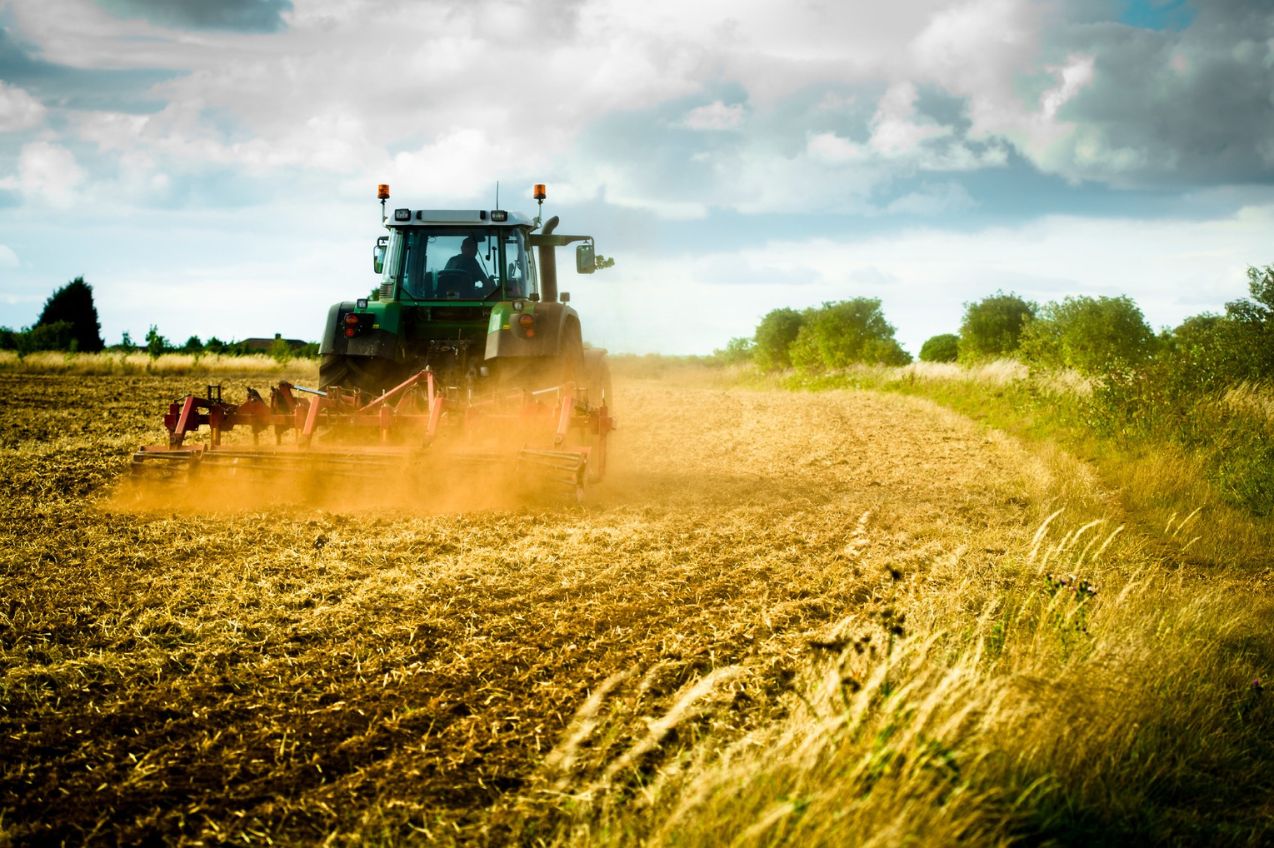
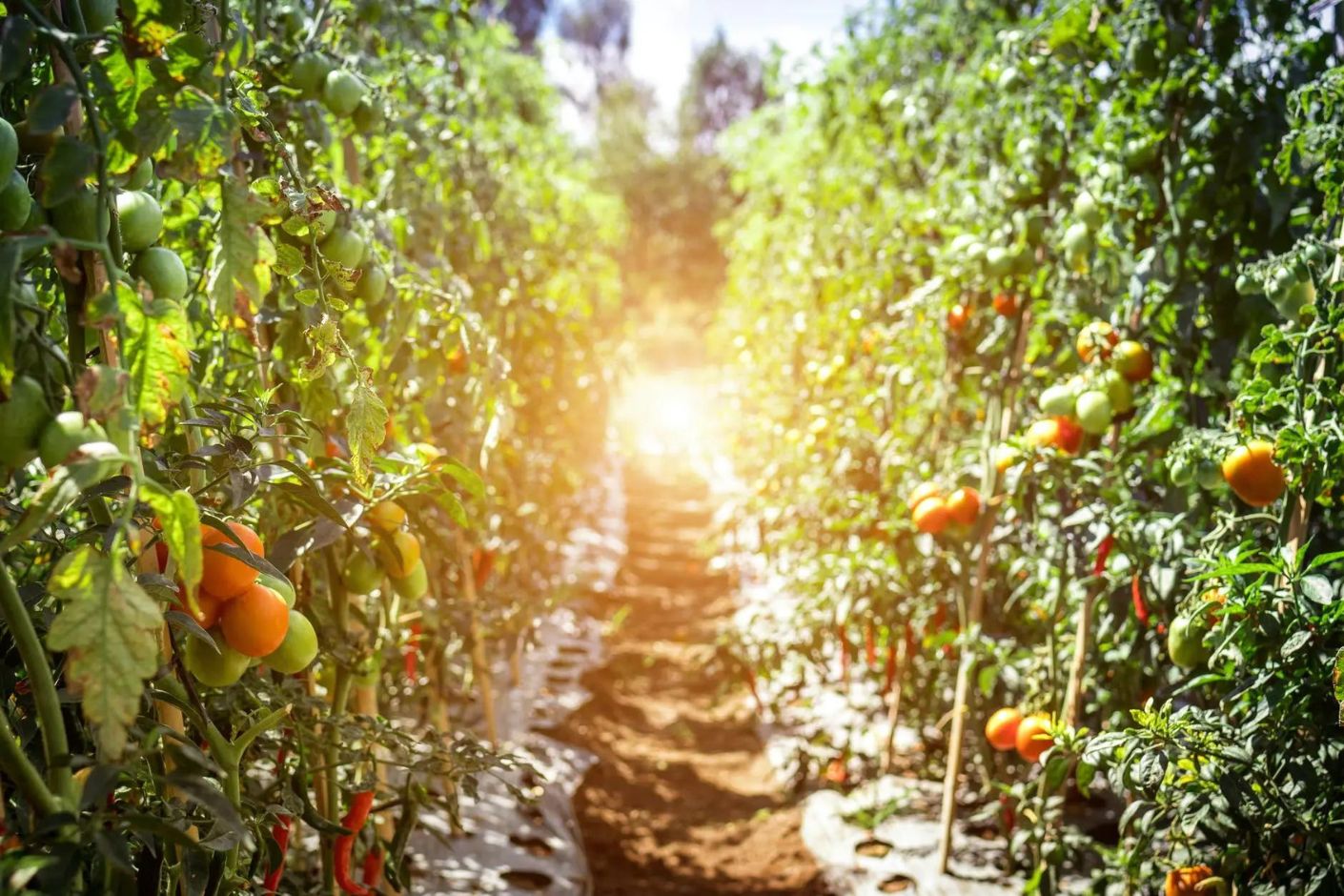



0 thoughts on “How Crop Rotation And Cover Crops Are Important To Sustainable Agriculture.”